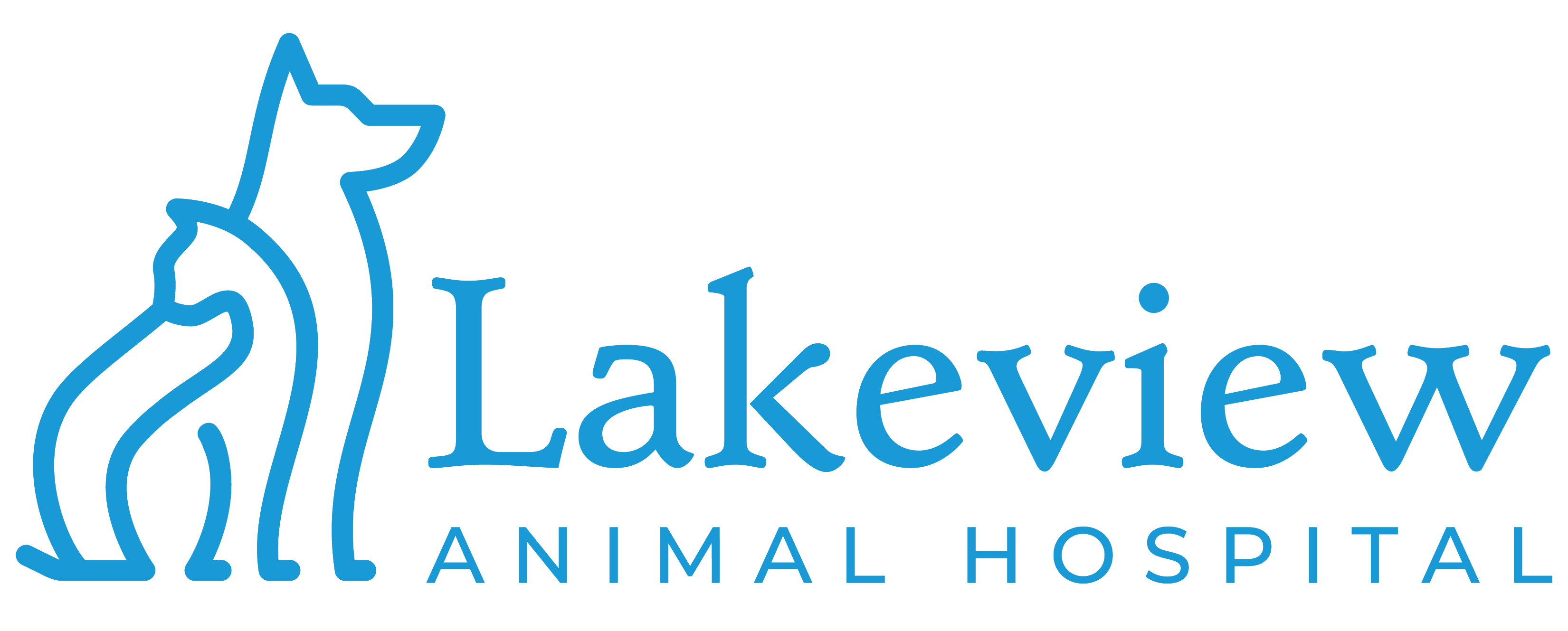Educational Articles
-
There are numerous reasons that a dog might soil the house with urine and/or stools. Determining the specific reason is essential for developing a treatment program. Dogs that soil the home continuously or intermittently from the time they were first obtained may not have been properly house-trained.
-
Some dogs exhibit signs of distress when they are left alone. Separation related behaviors include vocalizing, panting, pacing, and house soiling. Treatment includes behavior modification and, in some cases, medication.
-
Dogs often steal objects to play with them or to get someone to chase them. Stealing thus becomes rewarding to the dog. Supervision to prevent stealing is the best strategy. It is important to refrain from chasing your dog to retrieve stolen goods. Dogs can be trained to give back stolen items.
-
Urination during greetings occurs due to emotional conflict. The behavior may reflect submissive behavior or excitement but as is largely involuntary. Punishment is contraindicated. Treatment includes teaching dogs to greet calmly and teaching people to avoid assertive gestures.
-
What is normal and what is not? The answer is: when the behavior is harmless or just annoying, it is probably normal. When the behavior is destructive, disruptive, or places people or other pets at risk, it is not normal. Addressing the problems early, before they become ingrained, is the best hope for avoiding future problems. Dogs will be dogs, but people are still ultimately responsible for them.
-
On your marks, get set, go! Dogs running, jumping, catching balls, making razor sharp turns, and racing to a finish line; that's the canine sport of flyball.
-
Dogs love to run. Dogs love to jump. Dogs love to swim. If your dog likes to do all three, why not investigate the relatively-new canine sport of Dock Diving?
-
Field trials focus on team-hunting and allow humans and their pet dogs to rekindle their hunting instincts in a fun, competitive format.
-
Treats are a great way to bond with your dog but are an additional source of calories that must be considered within the overall diet. Treats should be no more than 10% of your dog's daily calorie intake and, in greater quantities, can create a nutritional imbalance. Consider choosing lower calorie treats for your dog to avoid exceeding the 10% rule.
-
Walking is great exercise for both you and your dog. This article outlines some tips, requirements, and best practices to ensure you both have a safe, enjoyable walk. Make sure your veterinarian clears your dog for any new physical activity.

